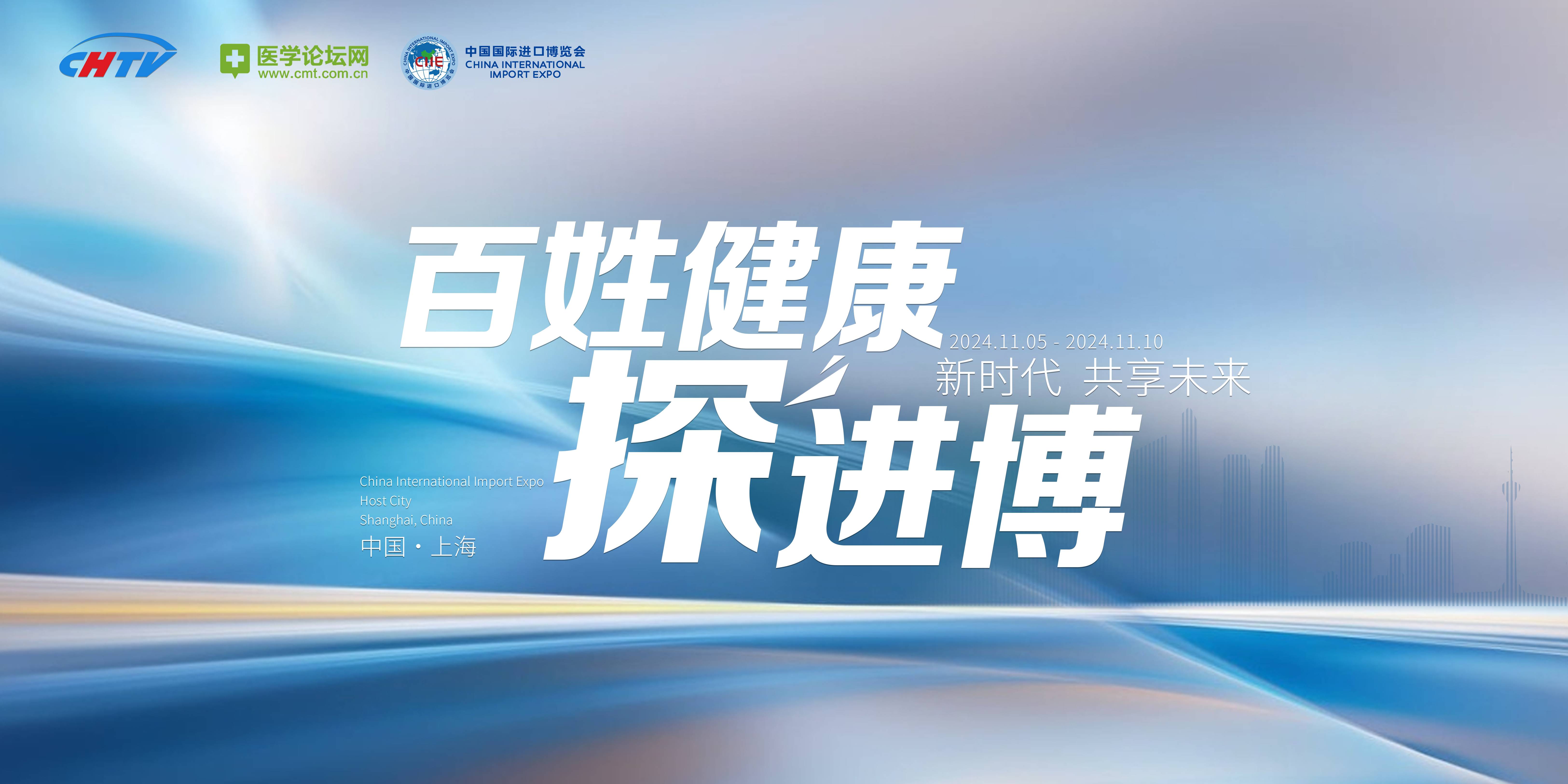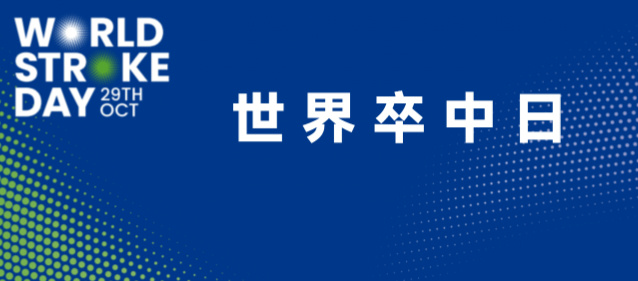立体定向肺消融放疗再照射的治疗效果
Treatment Outcomes of Re-irradiation Using Stereotactic Ablative Radiotherapy to Lung: A Propensity Score Matching Analysis 立体定向肺消融放疗再照射的治疗效果:倾向评分匹配分析 Introduction 介绍 The purpose of this study was to
Treatment Outcomes of Re-irradiation Using Stereotactic Ablative Radiotherapy to Lung: A Propensity Score Matching Analysis
立体定向肺消融放疗再照射的治疗效果:倾向评分匹配分析
Introduction
介绍
The purpose of this study was to compare the treatment efficacy and safety of re-irradiation using stereotactic ablative radiotherapy (SABR) and initial SABR for lung cancer and metastasis.
本研究的目的是比较再照射立体定向消融术(SABR)和初次SABR治疗肺癌及转移的疗效和安全性。
Methods
研究方法
A retrospective review of the medical records of 337 patients who underwent lung SABR was performed. Re-irradiation was defined as overlapping of the 70% isodose line of second-course SABR with that of the initial radiotherapy, and 21 patients were classified as re-irradiation group. A median dose of re-irradiation SABR was 54 Gy (range, 48 to 60 Gy), and a median fraction number was 4 (range, 4 to 6). Median time to re-irradiation was 13.7 months (range, 0.36 to 51.6 months). One-to-three propensity score matching was used to compare treatment outcomes and toxicity rate, and 63 patients were included in initial SABR group of matched cohort.
回顾性回顾了337例肺SABR患者的医疗记录。再照射定义为二期SABR 70%等剂量线与初次放疗重叠,21例患者归为再照射组。再照射SABR的中位剂量为54 Gy(范围为48 ~ 60 Gy),中位分数数为4(范围为4 ~ 6)。中位再照射时间为13.7个月(范围为0.36 ~ 51.6个月)。使用1 - 3倾向评分匹配来比较治疗结果和毒性率,并将63例患者纳入配对队列的初始SABR组。
Results
结果
The median follow-up period of the matched cohort after SABR was 28.0 months (range, 3.48 to 95.8 months). The 1 and 2-year local control rates were 75.2% and 65.2% for re-irradiation group, respectively, and 93.2% and 88.3% for initial SABR group of matched cohort, respectively. The difference was statically significant (p = 0.019). The 1 and 2-year distant control rates were 75.9% and 51.4% for re-irradiation group, respectively, and 72.5% and 60.8% for initial SABR group, respectively. There was no significant difference between two groups (p = 0.93). The crude grade ≥2 toxicity rates were 42.9% for re-irradiation group, and 23.8% for initial SABR group (p=0.163). The 1 and 2-year freedom from grade ≥2 toxicity rates were 57.1% and 57.1% for re-irradiation group, respectively, and 81.6% and 77.8% in initial SABR group, respectively. Marginally significant difference between two groups (p=0.086) was found. In re-irradiation group, one grade 3 toxicity (pulmonary) was reported, and there was no grade 4-5 toxicity.
SABR后匹配队列的中位随访时间为28.0个月(范围为3.48至95.8个月)。再照射组1年和2年局部控制率分别为75.2%和65.2%,配对队列初始SABR组1年和2年局部控制率分别为93.2%和88.3%。差异有统计学意义(p = 0.019)。再照射组1年和2年远处控制率分别为75.9%和51.4%,首次SABR组分别为72.5%和60.8%。两组间差异无统计学意义(p = 0.93)。粗级≥2级的毒性再照射组为42.9%,初始SABR组为23.8% (p=0.163)。再照射组1年和2年≥2级毒副反应发生率分别为57.1%和57.1%,初始SABR组分别为81.6%和77.8%。两组间有极显著差异(p=0.086)。再照射组1例3级毒性(肺),无4-5级毒性。
Conclusion
结论
The local control rate of in-field re-irradiation SABR was lower than initial SABR. Biological background of the worse outcome needs to be discussed by further research. Toxicities of re-irradiation SABR was manageable.
在再照射SABR的局部控制率低于初始SABR。其生物学背景有待进一步研究探讨。再照射SABR的毒性是可控的。



.jpg)


